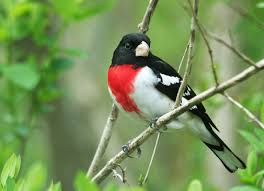ISSS608 2017-18 T3 Assign Akanksha Shrirang Yadav eda
|
|
|
|
|
|
|
Number of Sound Recordings Plotted Against Years – Bird Species Wise
First, the count of recordings (as per species) over the duration of data collection was plotted against the duration of collection to understand the trend through years. It could be noticed that for initial years there aren’t enough data points for almost all the species. Hence, for further analysis for plotting trends, data from year 2002 on wards was considered.
How the birds are dispersed across the Preserve & the location of the alleged dumping site
<<figure>>
Below figure shows the distribution of bird sound recordings across the preserve for each species:
<<figure>>
As can be observed, few of the bird species have never been spotted ore recorded near the alleged dumping location. Over the duration of the data collection. Although, bulk of the “Rose-crested Blue Pipit” clusters have been spotted at the dumping location or in region nearby the dumping location, this does not give a conclusive indication about the situation of the Pipit. Since, from the overall time trend it can noticed that the species which have not been spotted near the dumping location show an overall decreasing trend since 2013.
Interestingly, bird species “Carries Champagne Pipit” & “Green tipped Scarlet Pipit” show an increasing trend since 2015 despite being spotted near the dumping location.
Now, let’s take a closer look at the species that we are interested in – “Red-crested Blue Pipit”
The distribution of the Pipit over the time of data collection i.e. from 1991 to 2018 is shown below:
<<figure>>
However, as stated earlier, we would be considering only 2002 & above data for analysis. The trend for number of recordings through these years and overall movement of the birds across the preserve is shown in graphs below:
<<figure>>
